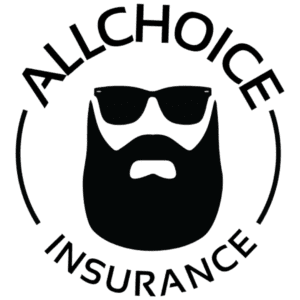How to achieve buy-in to digitize the insurance process

It’s an office scene everyone knows all too well: a colleague frantically hitting the “enter” button and double clicking the mouse with a pleading look plastered across their tired face. Technology in all forms can prove frustrating for any generation, any job function and in any industry. When it is met head-on with a historically cautious and calculated industry like insurance, anxiety around change is a reasonable response, especially when the benefits aren’t properly promoted.
And still, we are in the 21st century, in a time when patients can see their doctor on their phone, get a diagnosis and a prescription ready to pick up in 15 minutes. Everyone loves technology when it works, but the corner offices are understandably hesitant to bring in innovative technology if it is not perfect, 100% of the time. So how can the tech minds get the required buy-in for digitizing the insurance process?
To achieve digital transformation support from the c-suite, it is not simply about waving shiny new products around or trying to play into the insecurities over what competitors are touting. The key to easing technological anxieties is to understand all your audience’s needs and to clearly make the personal benefits to them known. In the life insurance industry, the three technology gatekeepers are the end users, the advisors and the carrier’s leadership team who look not only at their own needs, but those of the first two parties as well.
All three can reap the advantages of learning to make friends with new technologies, including increased commissions and more time with family and friends.
The end users
By leaning into technological advances carriers can take recent lab results in lieu of a representative going to an applicant’s house to poke and prod for fluid samples. The once invasive and time-consuming process is suddenly much easier. Customers want less and less work to clutter their busy days, and with digital advancements in life insurance, carriers can make the process virtually touch-free and produce policies in 24 hours or less.
The ability to file applications at leisure, on the couch, in off hours is another way insurers are removing the applicants’ hurdles through technological advances. When it comes to digital applications, most applicants are filling out their details later in the evening. Being able to meet users where they need to be is a strong motivator for encouraging larger digital transformation buy-in from the internal powers that be.
The sages
Where policyholders typically want no touchpoints, advisors still enjoy the control that comes with having a few key ones. They enjoy being able to deliver for their clients but also want to run a profitable business. Finding a balance to satisfy their needs is not always a simple task but can be achieved with clear communication and demonstrated value.
These advisors are consistently hustling – seeing a new product tagline is not going to sway them to change routines that have gotten them to their current success. Collaborating with them to create fresh solutions to the problems they previously tolerated and worked around … now you’re getting somewhere.
There are only so many hours in a day and regardless of effort or hours worked, commissions stay the same. With the ease and simplification of the digital application process, advisors are able to get more work, and commissions, completed in those hours than with strictly analog applications. Even if not all the applications are digital, they can maximize their efforts for efficiency, devoting their time to applications that truly need their expertise instead of the administrative time that simpler applications can take.
Keep in mind, advisors like to be on that journey with their clients and are accustomed to having access to underwriters and carrier contacts. Any digital transformation must also address that need. Like watching the pizza you ordered get assembled on an app, digitally transformed carriers give advisors a look into the status of each application where they can connect with carrier contacts for when questions arise. This keeps a level of control in the hands of the advisor by being able to monitor the application.
The corners
Once you clearly outline the benefits to the users of your digital transformation, it is time to share with the corner offices. Frequently met with pressures of their board, market fluctuations, family and friends’ honest reviews of their products, they respond best to high-level and result focused discussions.
Life insurance has commonly been an industry and product that has profitability often called into question because of the time and number of touchpoints it takes to put policies in place. But investing in digital technologies can flip that script. By making life insurance profitable for advisors to sell and easy for end users to apply for, the two bases are satisfied and more business comes through the door.
That bottom line underscores the ability to get more people insured because no one knows how much time they have left or what hand they may be dealt.



